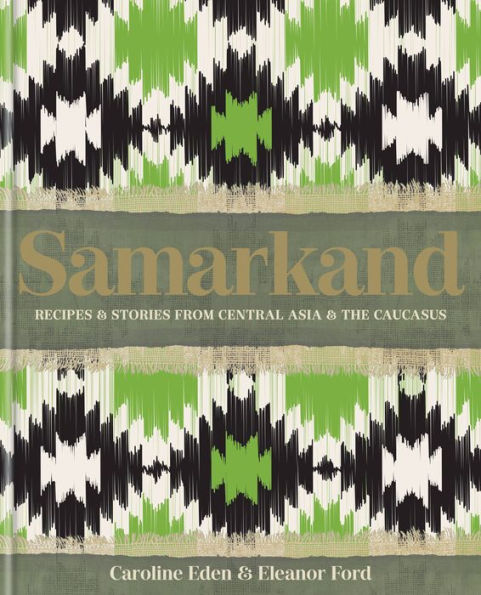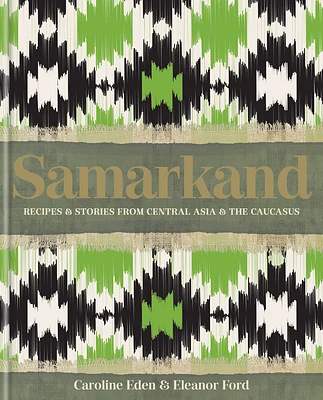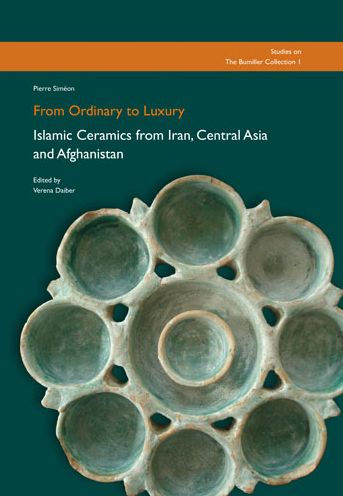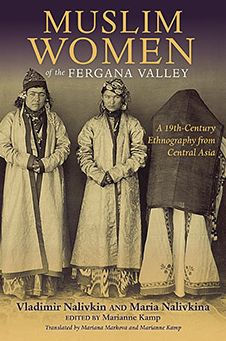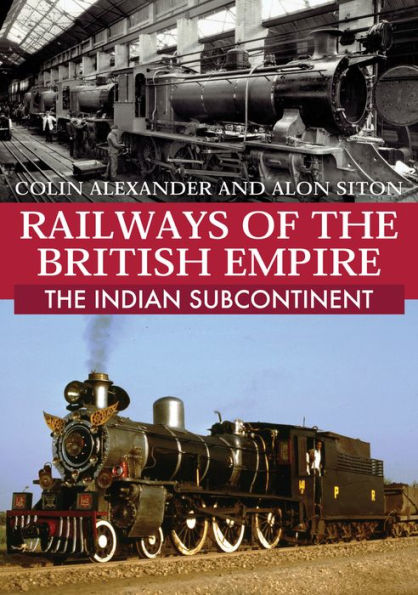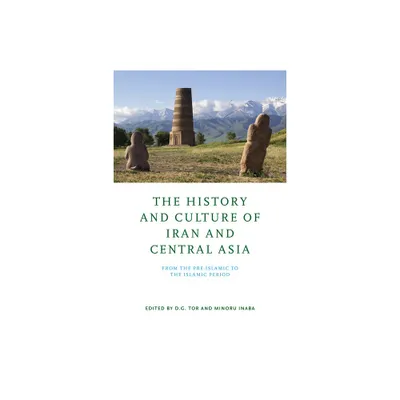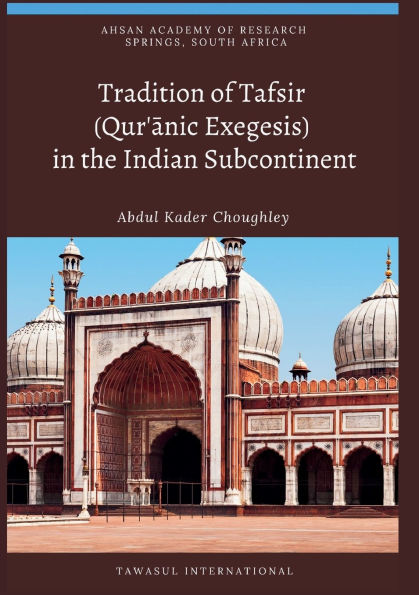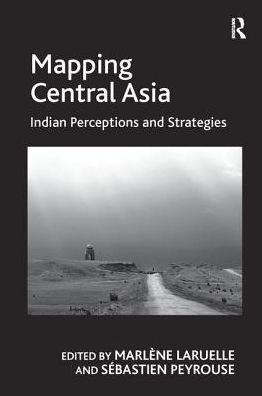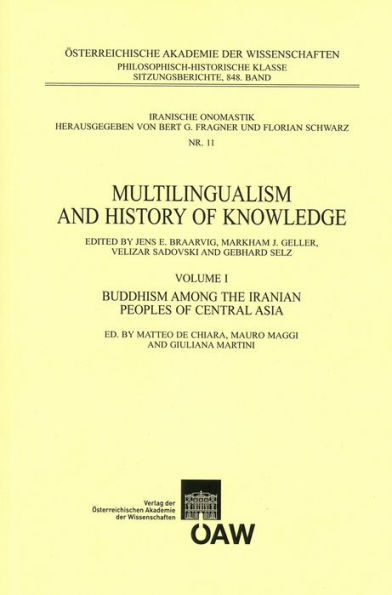Home
Encyclopedia of Embroidery from Central Asia, the Iranian Plateau and the Indian Subcontinent
Loading Inventory...
Barnes and Noble
Encyclopedia of Embroidery from Central Asia, the Iranian Plateau and the Indian Subcontinent
Current price: $270.00
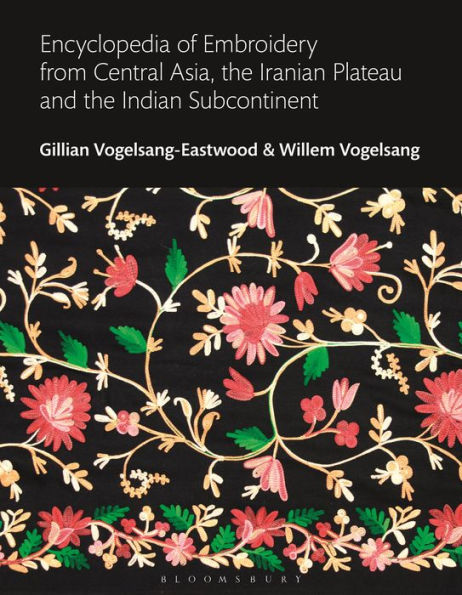

Barnes and Noble
Encyclopedia of Embroidery from Central Asia, the Iranian Plateau and the Indian Subcontinent
Current price: $270.00
Loading Inventory...
Size: OS
*Product Information may vary - to confirm product availability, pricing, and additional information please contact Barnes and Noble
This is the first reference work to describe the history of embroidery throughout Central Asia, the Iranian Plateau and the Indian Subcontinent from the medieval period through to the present. It offers an authoritative guide to all the major embroidery traditions of the region and a detailed examination of the material, technical, artistic and design dimensions of the subject, including its use by today's fashion designers.
For millennia, the peoples of Central Asian, the Iranian Plateau and the Indian Subcontinent have migrated and traded along the multiple strands of the Silk Road, both north–south and east–west. This history of contact has found rich expression within the arts and crafts of the region and particularly in the heritage of embroidery which has sat at the heart of the social and cultural lives of these diverse communities. Embroidery has been produced to decorate individuals, their families, their clients, their homes and public spaces and has reflected economic and political changes over time as well as social, religious and artistic contexts.
Generously illustrated with 500 images (over 450 in colour) of clothes, accessories, and examples of decorated soft furbanishings such as cushions, bed linen, curtains, floor coverings and wall hangings, the
Encyclopedia
is an essential resource for students and scholars of the subject.
This volume is the second in the
Bloomsbury World Encyclopedia of Embroidery
series. The first volume, on embroidery from the Arab World, won the 2017 Dartmouth Medal, awarded by the American Library Association for a reference work of outstanding quality and significance.
For millennia, the peoples of Central Asian, the Iranian Plateau and the Indian Subcontinent have migrated and traded along the multiple strands of the Silk Road, both north–south and east–west. This history of contact has found rich expression within the arts and crafts of the region and particularly in the heritage of embroidery which has sat at the heart of the social and cultural lives of these diverse communities. Embroidery has been produced to decorate individuals, their families, their clients, their homes and public spaces and has reflected economic and political changes over time as well as social, religious and artistic contexts.
Generously illustrated with 500 images (over 450 in colour) of clothes, accessories, and examples of decorated soft furbanishings such as cushions, bed linen, curtains, floor coverings and wall hangings, the
Encyclopedia
is an essential resource for students and scholars of the subject.
This volume is the second in the
Bloomsbury World Encyclopedia of Embroidery
series. The first volume, on embroidery from the Arab World, won the 2017 Dartmouth Medal, awarded by the American Library Association for a reference work of outstanding quality and significance.
